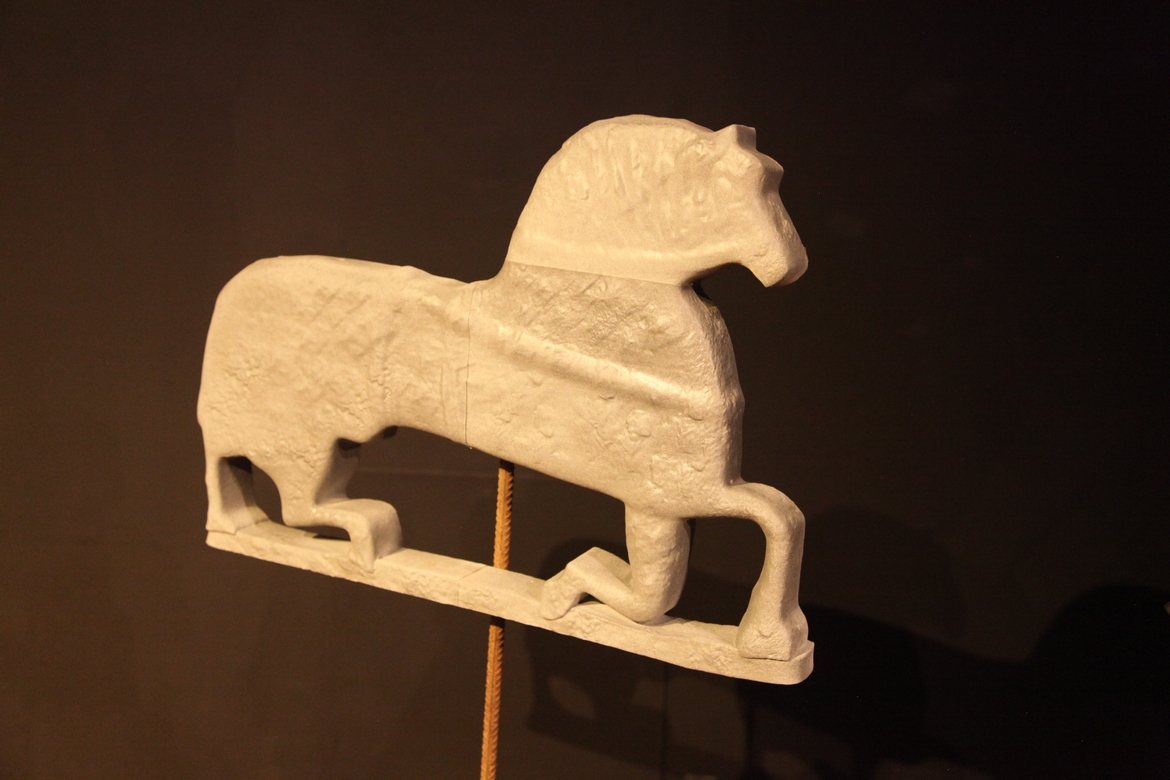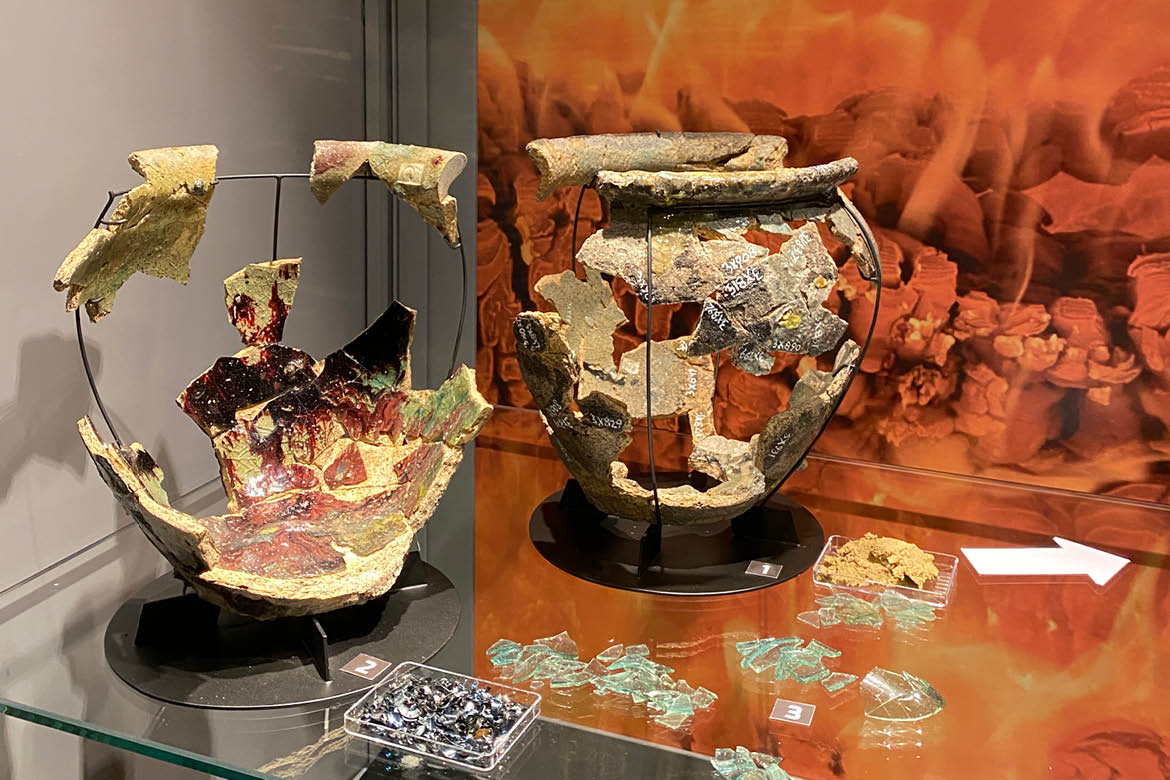In 2017-2018, the Museum of Southwest Jutland, together with researchers from Aarhus University and with support from the Carlsberg Foundation, carried out a major excavation in the heart of the ‘emporium’ –the Ribe trading post of the eight and ninth centuries.It turned out that the story of Scandinavia’s oldest trading town needed to be rewritten
The excavation, which provided the opportunity to explore an extensive area of the town’s deepest layers for the first time, led to many significant finds. It was also the first time that archaeologists ha the chance to utilise a number of new scientific methods.The excavation has not only uncovered many fantastic finds but also provided new knowledge, shedding light on Ribe’s earliest history and the beginnings of the Viking Age.
View the new finds, get the new story and listen to the researchers as they talk about the methods that have changed the story of Scandinavia’s oldest trading town.
The exhibition is supported by the Carlsberg Foundation and is based on research results from the Northern Emporium project
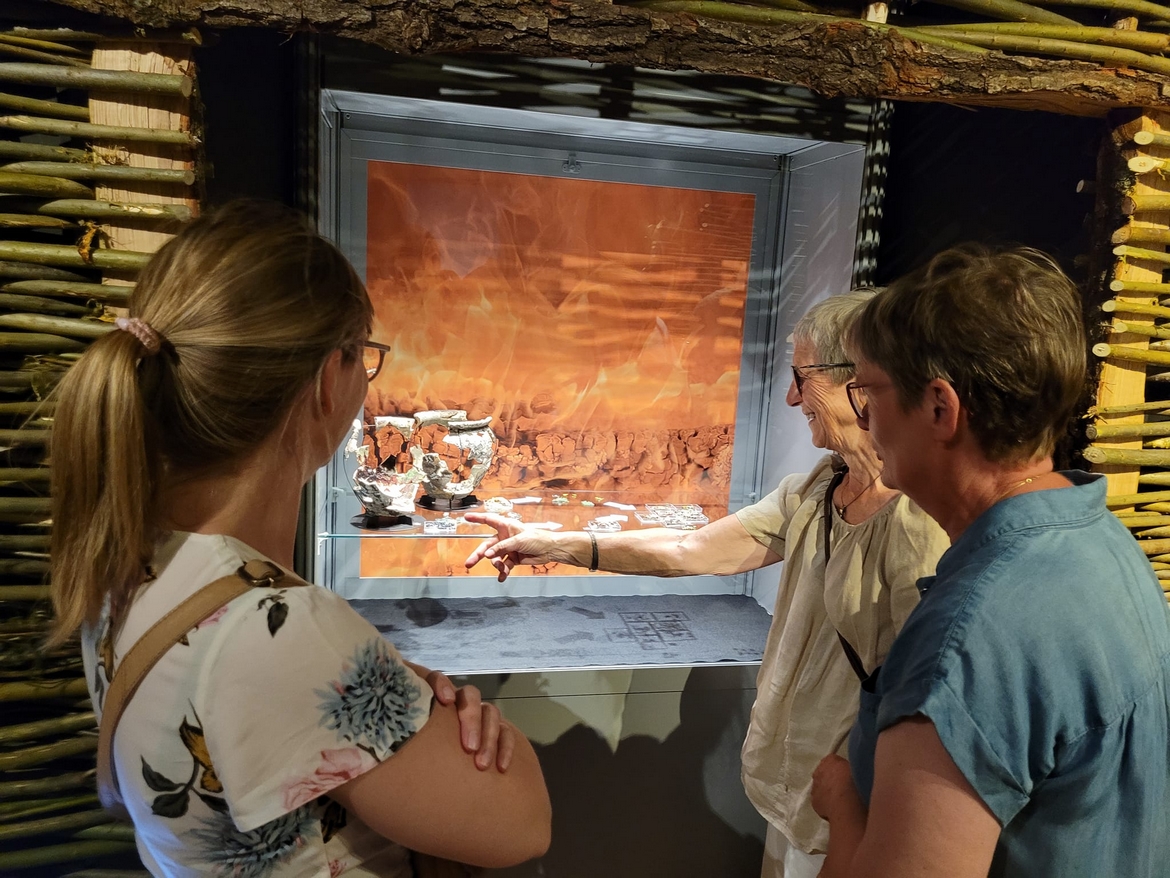
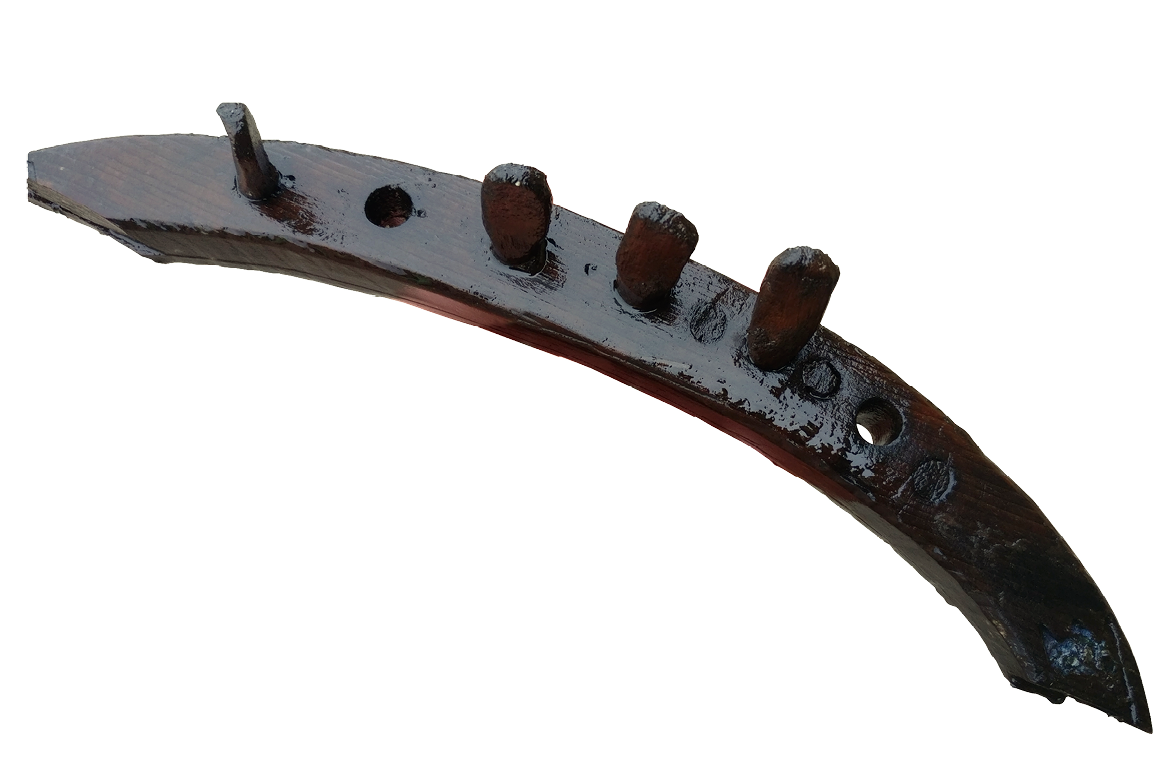
The picture above shows a remnant of Denmark’s oldest known stringed instrument. We have called it the Ribe Lyre. A reconstruction of the whole instrument may be seen in the exhibition.
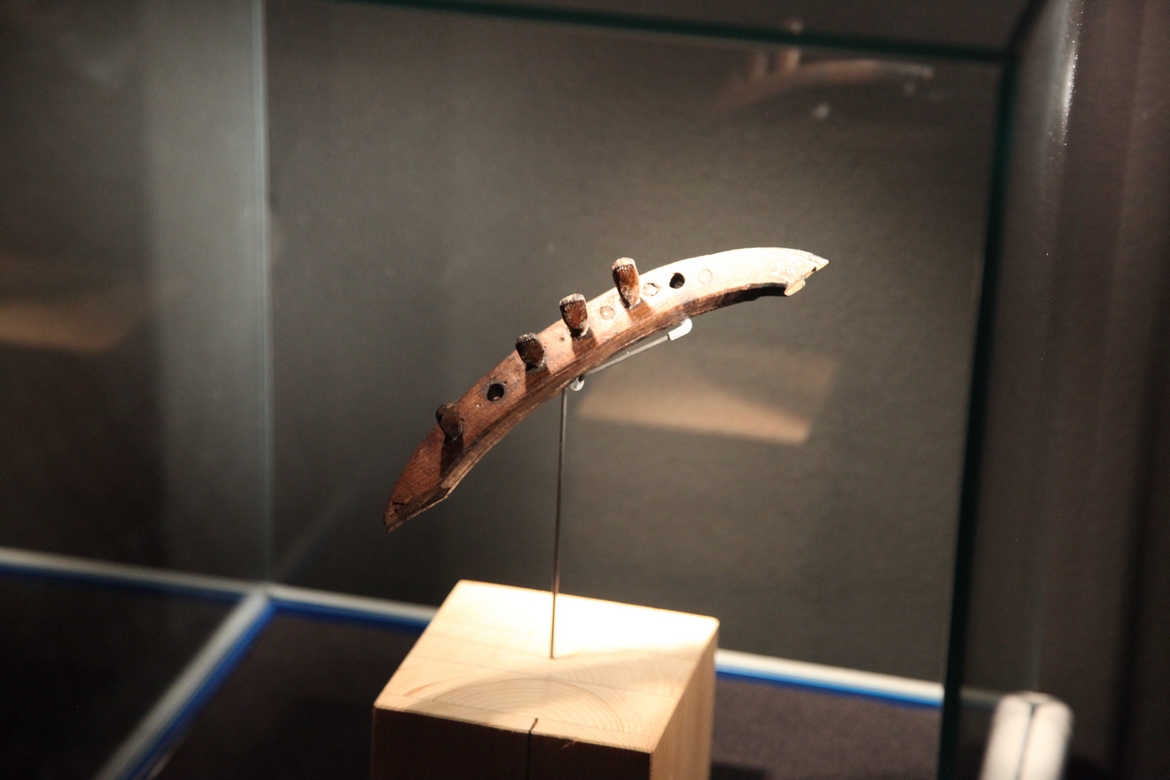
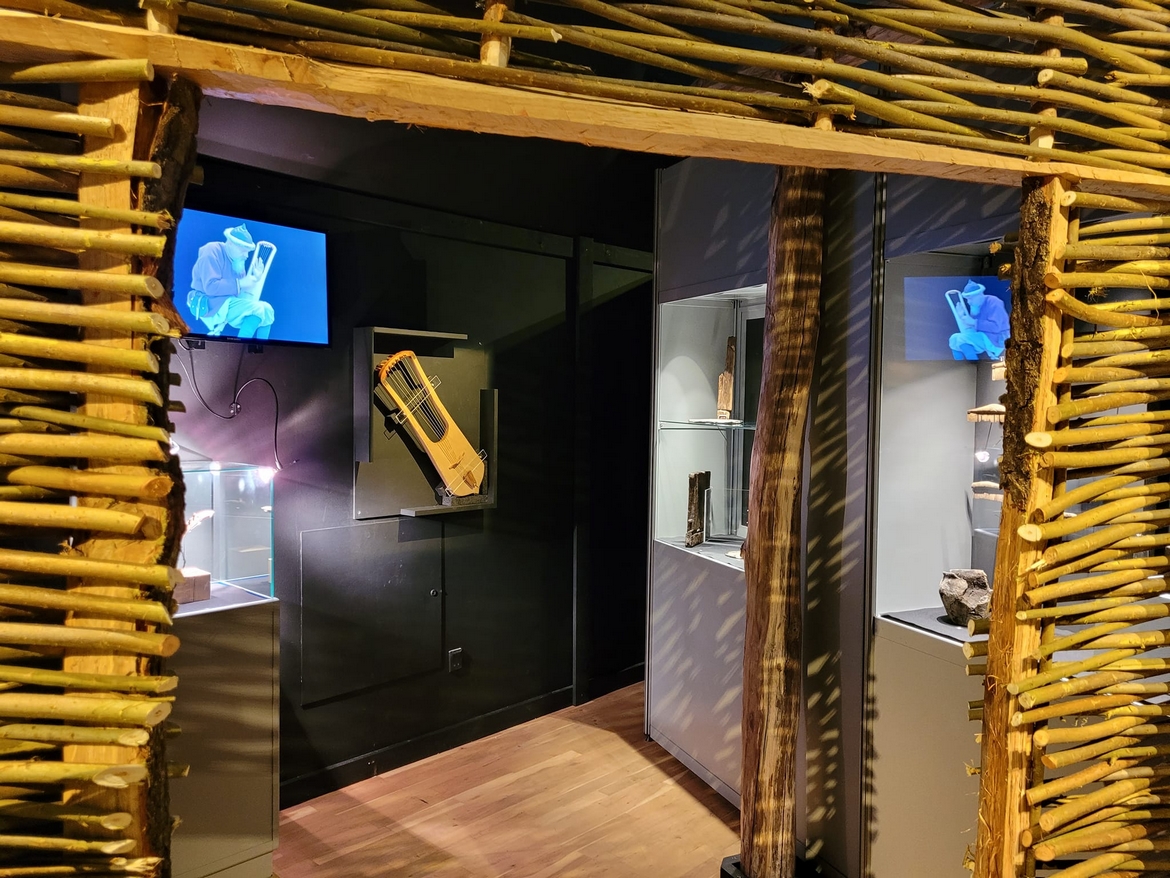
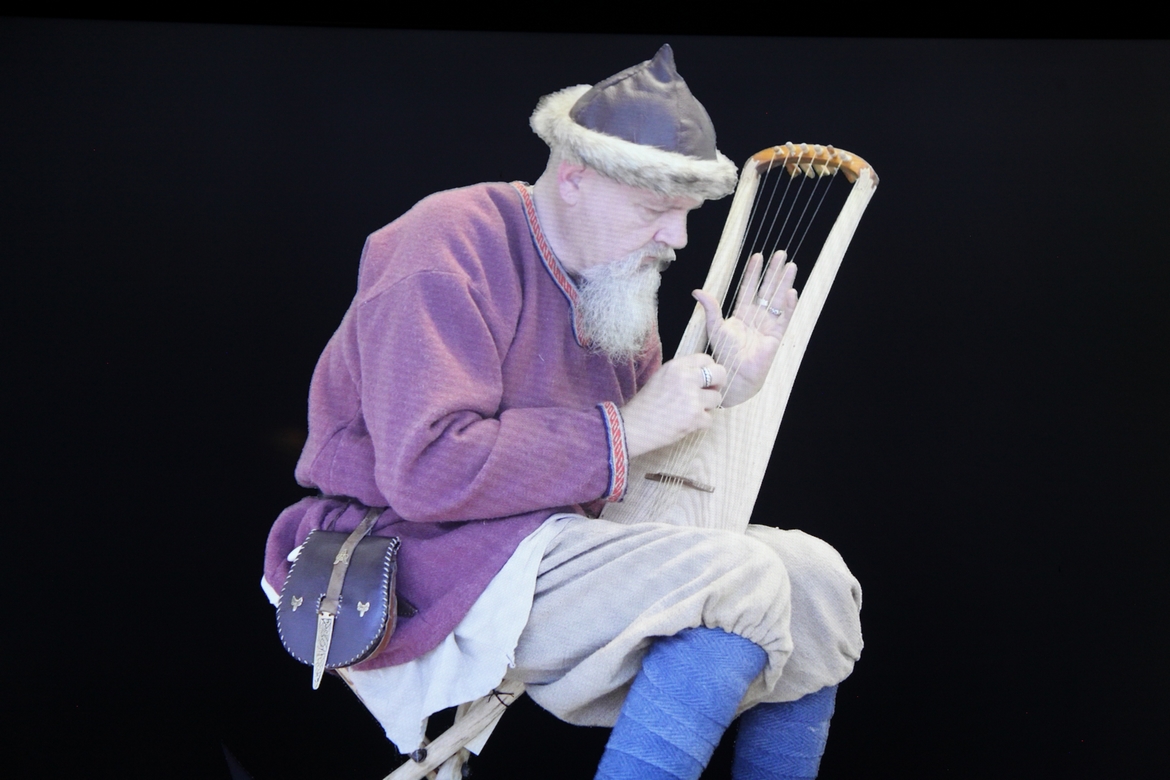
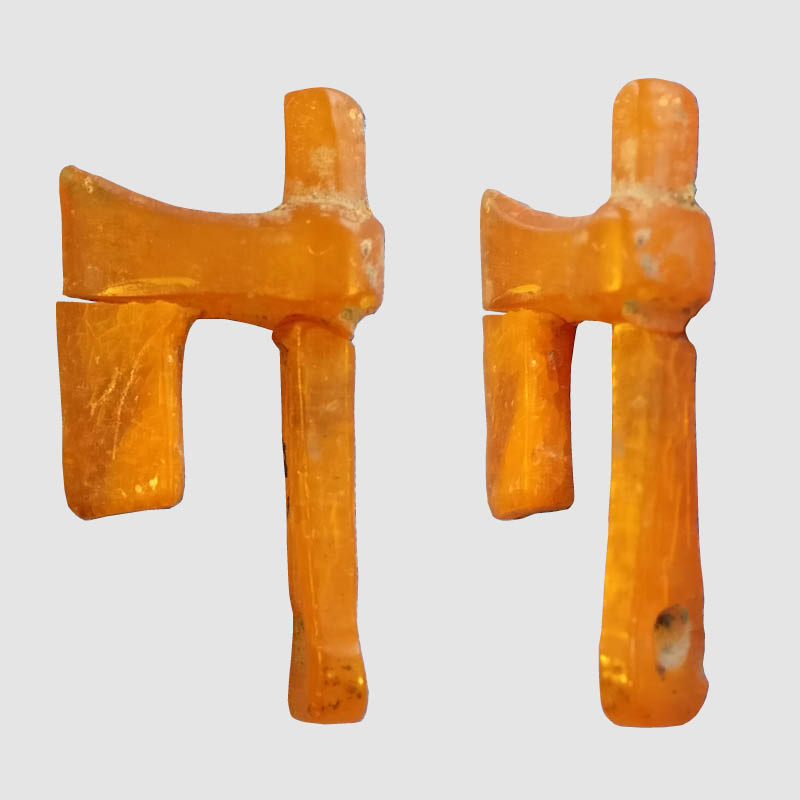
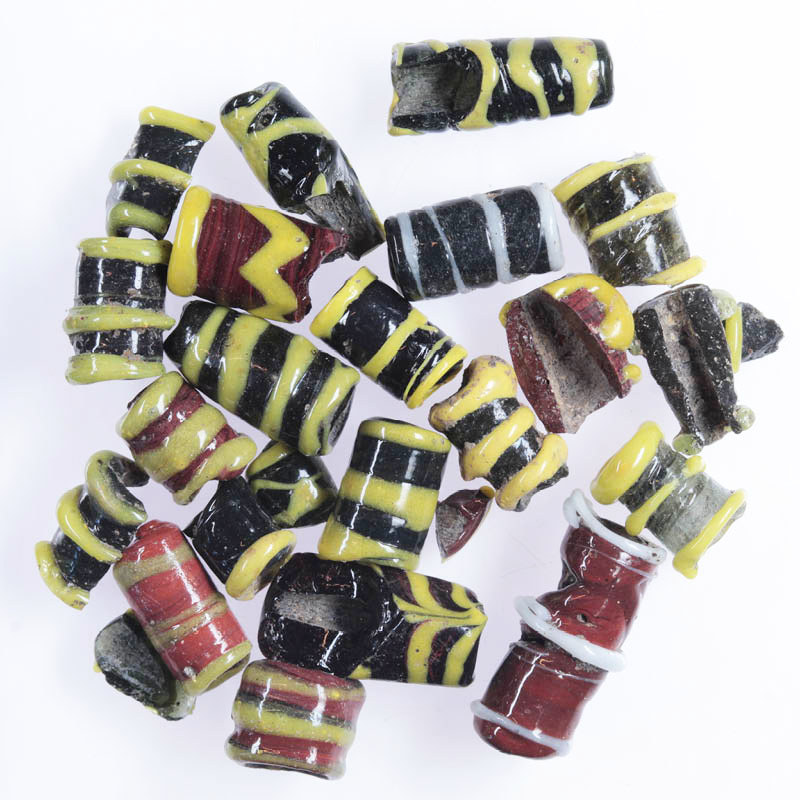
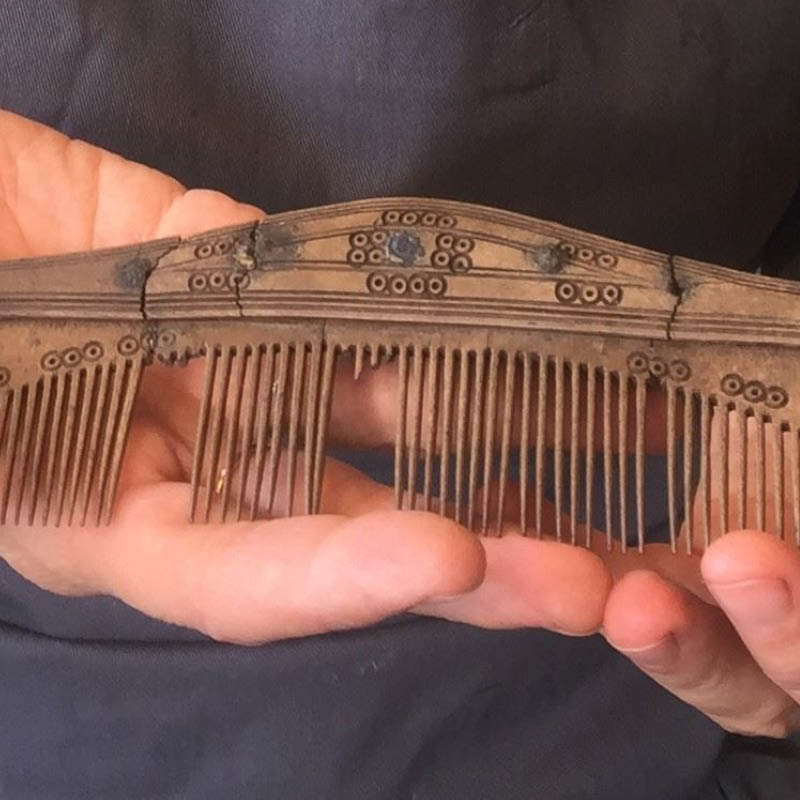
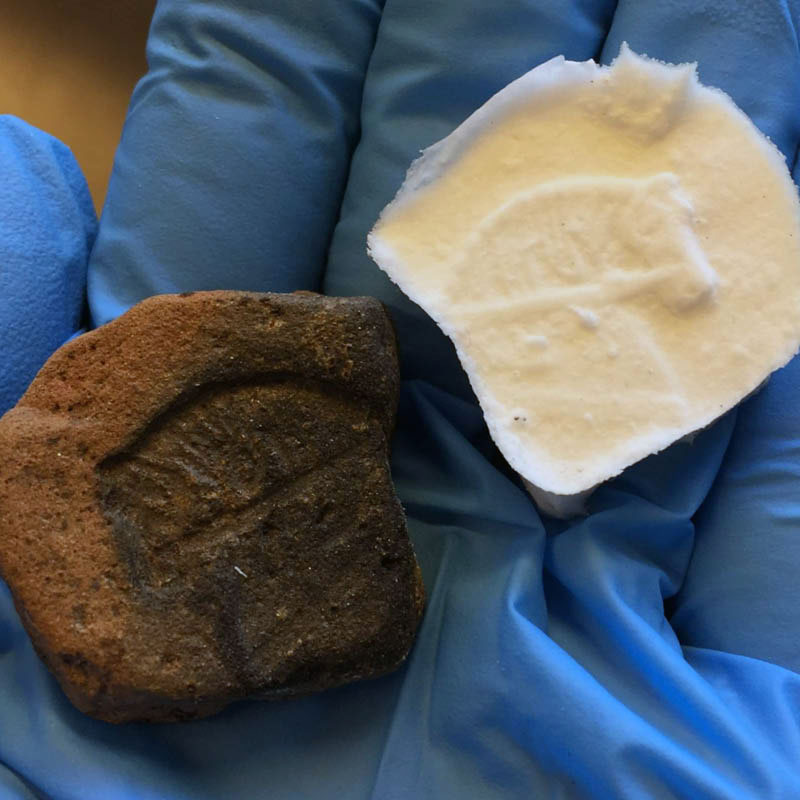
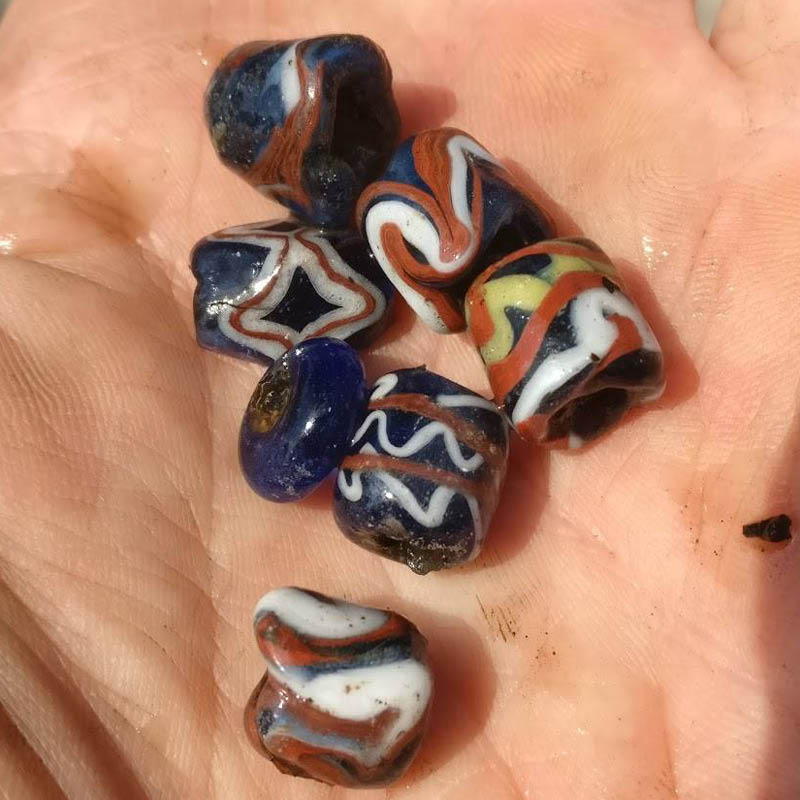
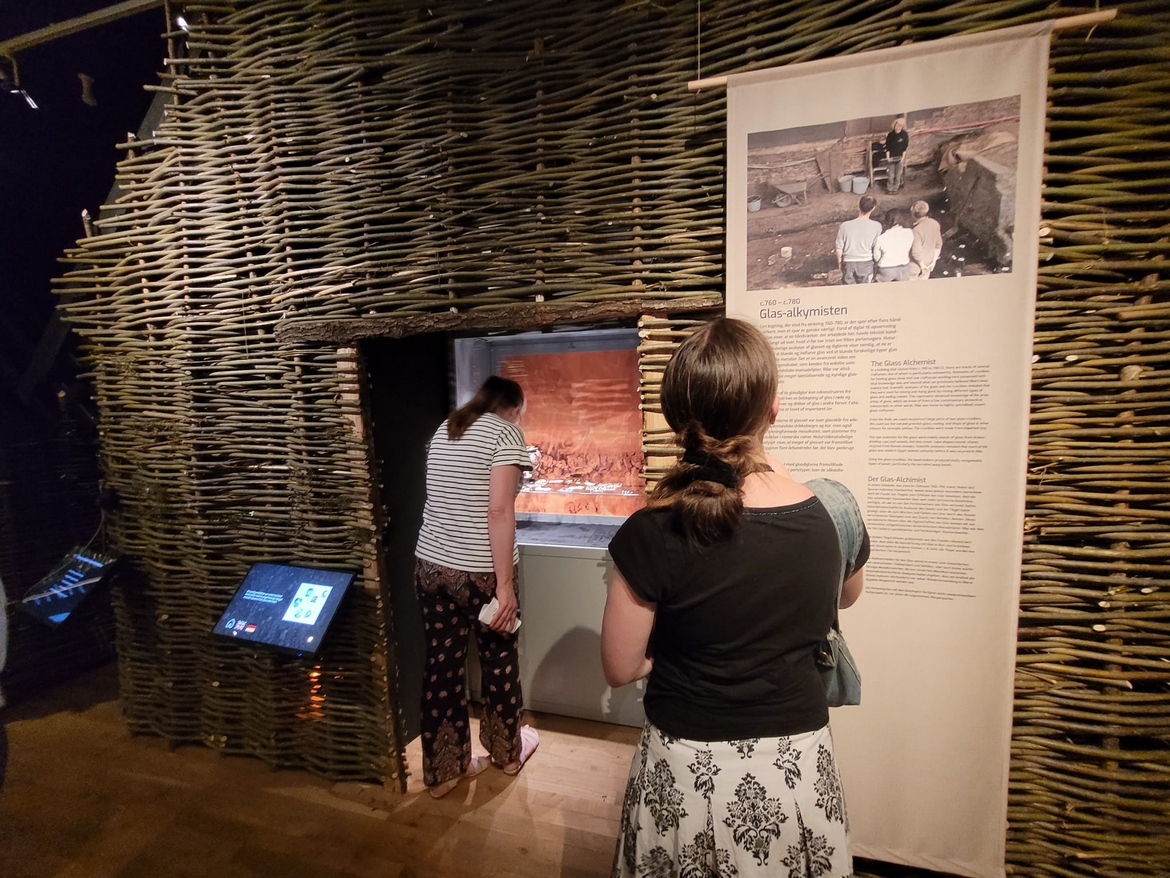
The exhibition is built around five houses, as it has now been shown that the market square traders lived in houses and not just in tents as previously thought.
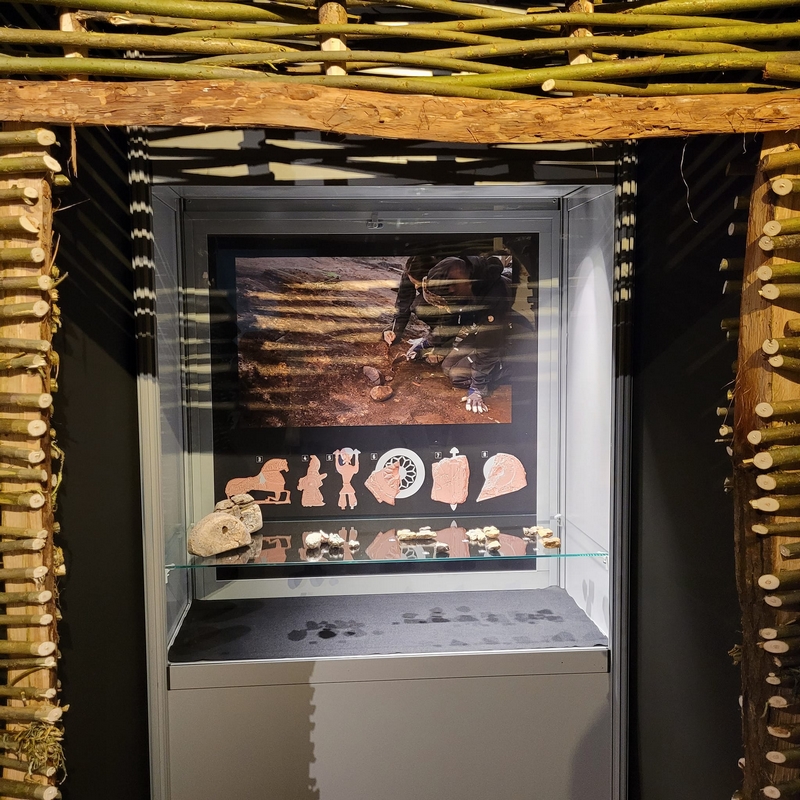
The archaeologists found many molds that were broken. We recreated the motifs using 3D scans and som of the figures were made in large format.
